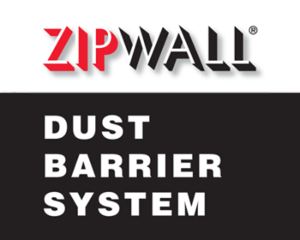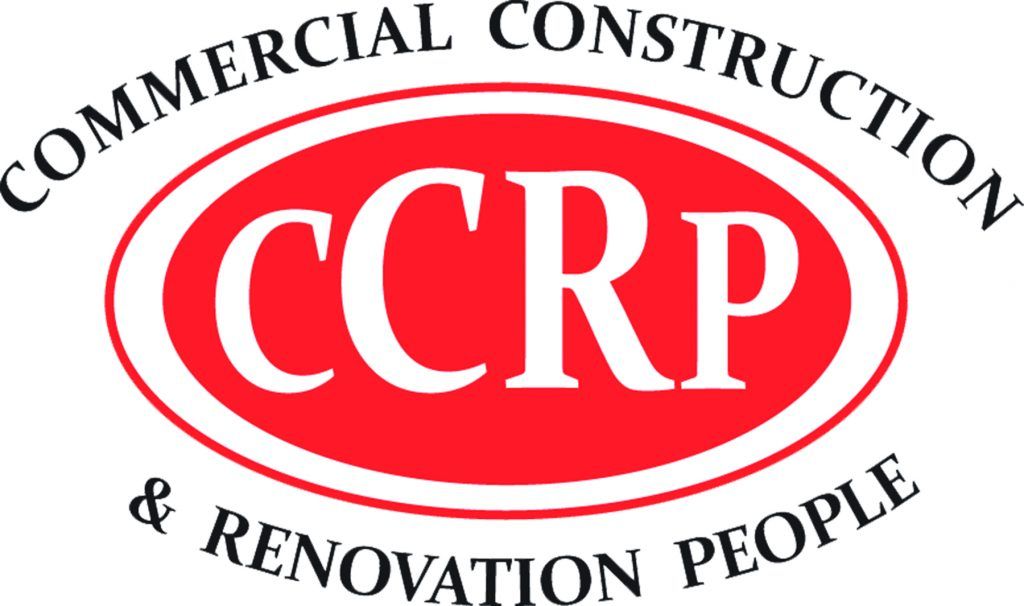Maintaining a clean home is crucial, but one area that often needs extra attention is the bathroom. This space sees frequent use and is a breeding ground for germs, mold, and bacteria. Proper bathroom sanitization is essential to prevent the spread of illness and maintain a hygienic environment.
Why Bathroom Sanitization Matters
The bathroom is one of the most humid areas in any home, creating the perfect conditions for bacteria and mold to thrive. If not cleaned regularly, harmful microorganisms can build up on surfaces like sinks, toilets, and showers. This can lead to unpleasant odors, stains, and even health risks for the entire household.
Germs from the bathroom can easily spread to other parts of the home. When hands are not washed properly or surfaces are not disinfected, bacteria can transfer to doorknobs, light switches, and even personal items like toothbrushes. A thorough cleaning routine helps keep these risks at bay.
How Often Should You Sanitize Your Bathroom?
Experts recommend deep cleaning your bathroom at least once a week. However, high-touch areas like faucet handles, toilet flushers, and light switches should be wiped down daily. Regular maintenance ensures that grime and bacteria do not accumulate over time.
In Toronto and other parts of Canada, seasonal changes can also affect how often you need to clean. During colder months, homes tend to stay closed up, which can trap moisture in the bathroom and encourage mold growth. In contrast, warmer weather can lead to faster bacterial multiplication due to higher humidity levels. Adapting your cleaning routine to these seasonal changes will help maintain a consistently hygienic bathroom space.
Key Areas to Focus On
1. Toilet and Sink
The toilet is one of the dirtiest spots in a bathroom. Using a disinfectant cleaner on the toilet seat, handle, and base is essential. Similarly, the sink collects bacteria from frequent handwashing, toothpaste residue, and soap scum. Wiping it down daily with an antibacterial cleaner helps prevent buildup.
2. Shower and Bathtub
Soap scum, mildew, and mold often develop in showers and bathtubs due to constant exposure to water. Scrubbing tiles and grout with a bathroom cleaner and ensuring proper ventilation will help reduce moisture accumulation. Glass shower doors should also be wiped regularly to prevent water stains.
3. Mirrors and Countertops
Bathroom countertops and mirrors collect dust, water splashes, and bacteria. A quick wipe-down with a disinfectant or glass cleaner can keep these surfaces spotless and germ-free.
4. Floors and Mats
Bathroom floors trap dirt, hair, and moisture, making them a hotspot for bacteria. Sweeping and mopping regularly can help maintain cleanliness. Bath mats should also be washed frequently to prevent mold growth.
Best Cleaning Products for Bathroom Sanitization
Using the right products makes a big difference in achieving a thoroughly clean bathroom. Disinfectant sprays, antibacterial wipes, and natural solutions like vinegar and baking soda can effectively eliminate germs and grime. If you prefer eco-friendly options, look for plant-based cleaners that are just as effective but safer for the environment.
Professional Cleaning Services for a Thorough Clean
While regular cleaning can keep your bathroom in good shape, professional cleaning services can provide a deeper sanitization. Hiring experts ensures that every nook and cranny is disinfected, removing stubborn grime and unseen bacteria. You can consider bathroom sanitization services to save time and effort.
Professional cleaners use specialized tools and products to clean hard-to-reach areas. They also follow industry-standard protocols to ensure the highest level of cleanliness. This is especially useful for busy homeowners or those who want to maintain a pristine bathroom without the hassle of constant upkeep. Additionally, professional services often use high-quality disinfectants that are more effective than regular household cleaners, ensuring long-lasting protection against bacteria and viruses.
Tips to Maintain a Sanitized Bathroom Daily
- Keep Disinfectant Wipes Handy: Use them to quickly clean surfaces like toilet handles, faucets, and light switches.
- Improve Ventilation: Open windows or use an exhaust fan to reduce moisture and prevent mold growth.
- Replace Towels Regularly: Damp towels can harbor bacteria, so change them frequently.
- Use a Squeegee for Showers: This helps prevent water stains and mildew buildup on glass and tile surfaces.
- Declutter: Remove unnecessary items from countertops to make cleaning easier and reduce dust accumulation.
- Store Cleaning Supplies Nearby: Having easy access to essential cleaning products makes it more convenient to maintain a germ-free bathroom.
Conclusion
A clean bathroom is not just about appearances—it’s about health and hygiene. Regular bathroom sanitization prevents germs, mold, and unpleasant odors from taking over your space. Whether you handle the cleaning yourself or hire professionals, maintaining a fresh and germ-free bathroom is essential for your well-being. Consider reaching out to a professional cleaning service to ensure your bathroom stays spotless and sanitary. Investing time in proper sanitization not only improves your home’s cleanliness but also contributes to a healthier lifestyle for you and your family.

























